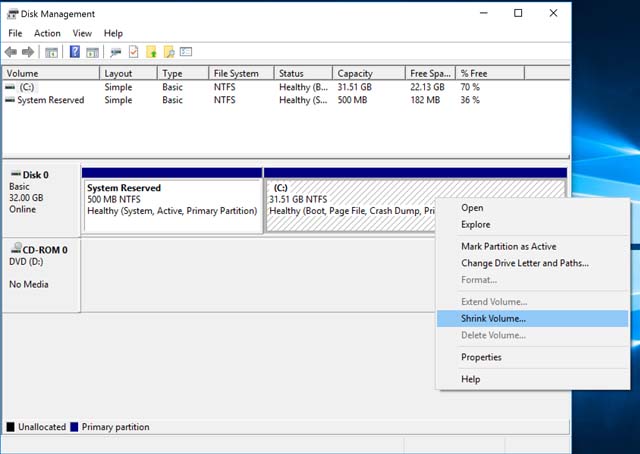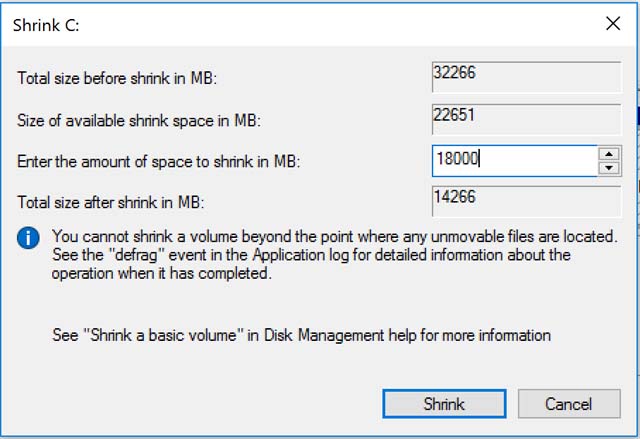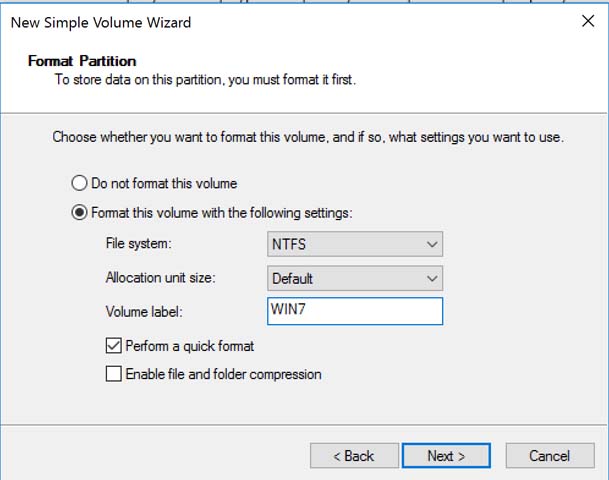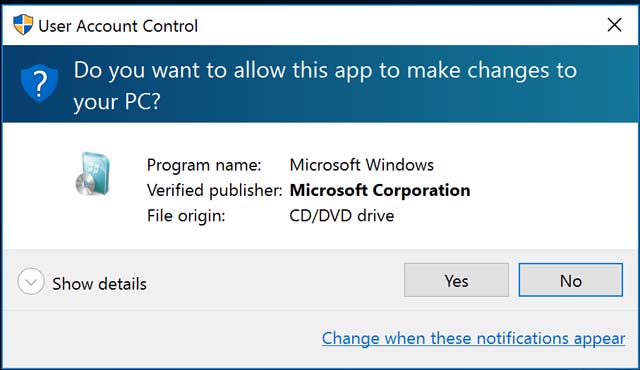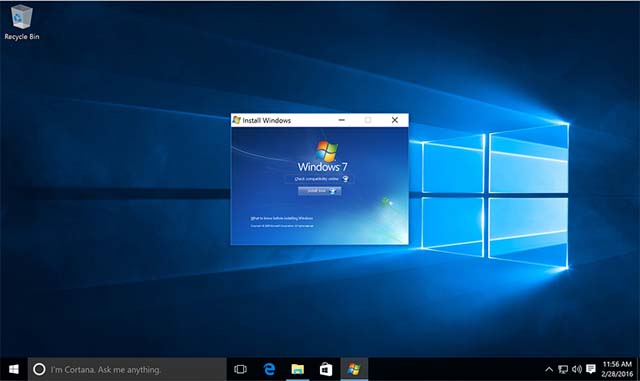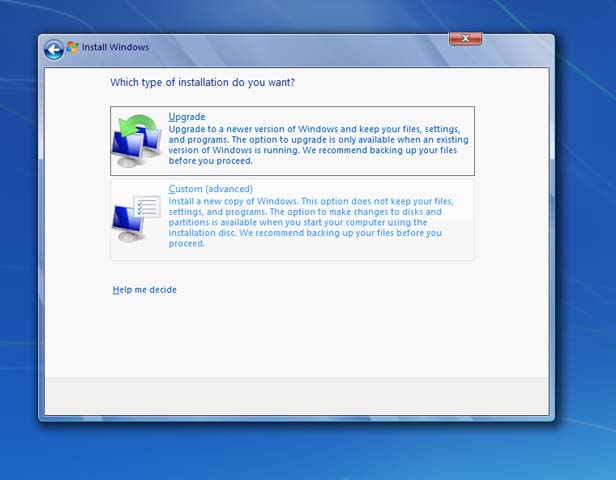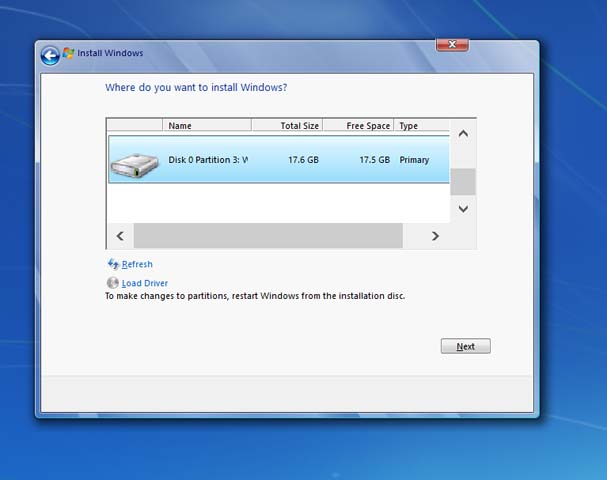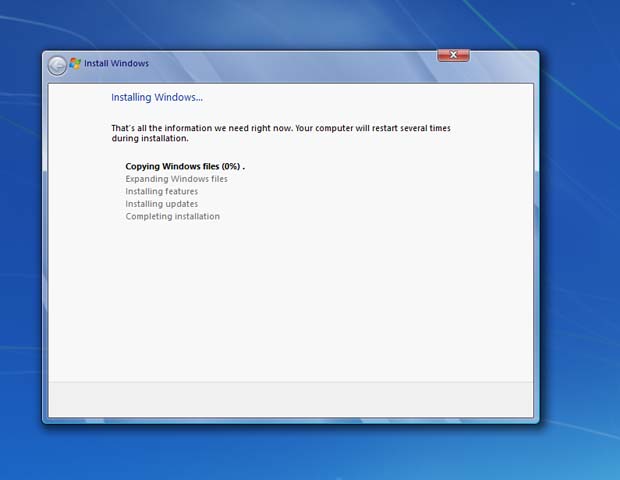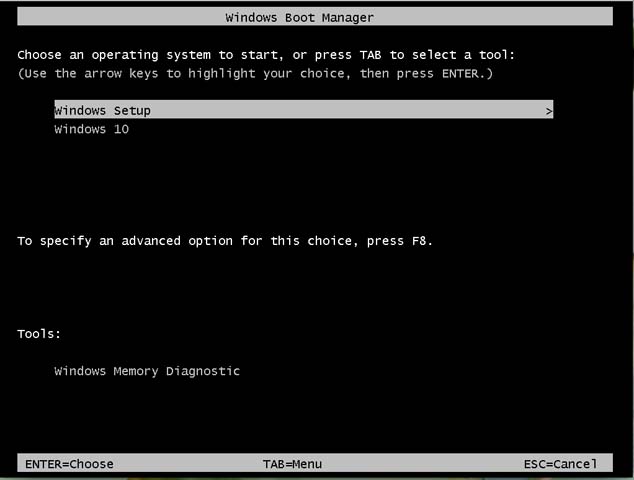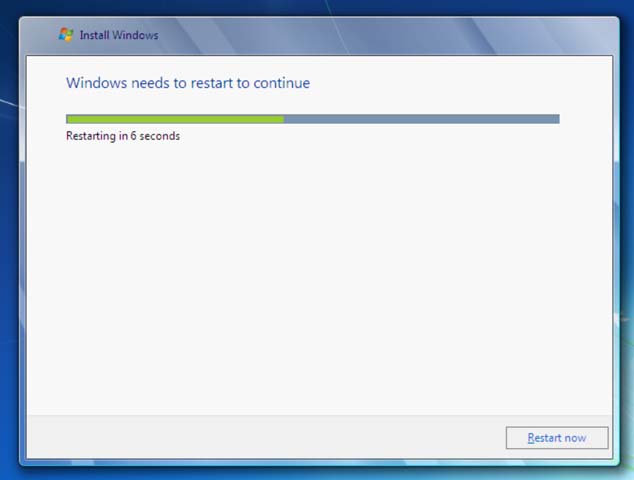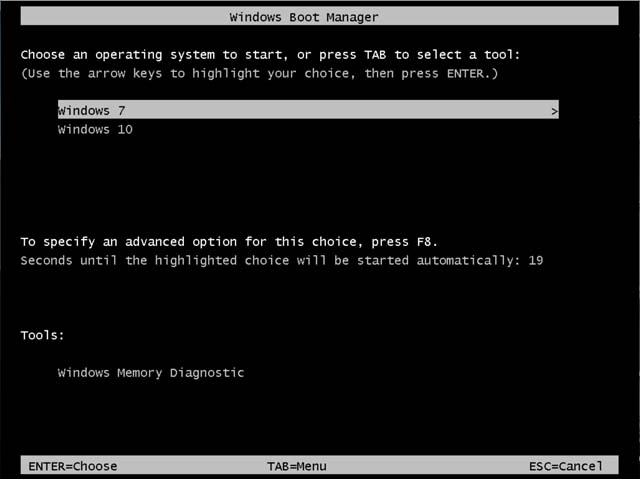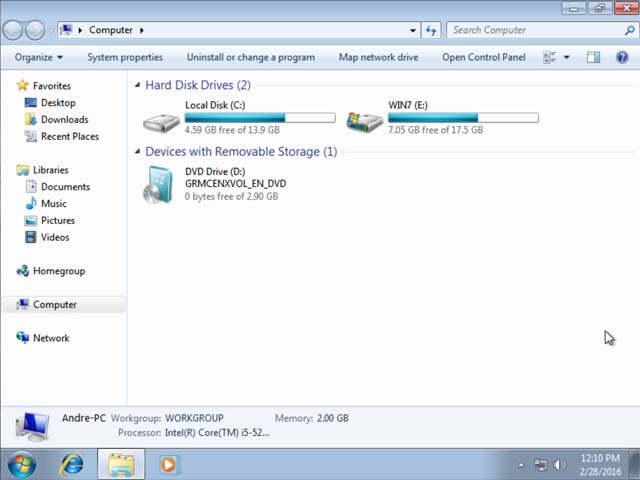Hi,
I have a Windows 10 Lenovo laptop that uses UEFI and a GPT partitioned drive. I am attempting to install and dual boot Windows 7 on that machine.
The hard drive originally looked like this:
Disk:
Part 1 - EFI System
Part 2 - Windows 10 installed and working
Part 3 - Recovery
I created a Windows 7 USB drive. I disabled MBR boot mode, so Windows 7 Setup was forced to boot in UEFI mode. I shrunk the Windows 10 partition and created a new partition for the Windows 7 files. And I went through the setup procedure and installed the Windows
7 setup files on the new GPT partition.
The drive now looks like this:
Disk:
Part 1 - EFI System
Part 2 - Windows 10 installed and working
Part 3 - Windows 7 setup files only
Part 4 - Recovery
When the computer rebooted, Windows boot manager gives me the choice between Windows 7 and Windows 10. However, when I choose Windows 7, the "Starting Windows" screen would appear for about 3 seconds before the BSOD and a system reboot.
- I am not able to complete the Windows 7 installation because the computer reboots just moments after startup
- I am having trouble creating (or finding) the ntbtlog.txt for some reason.
- I tried different combinations of UEFI only, UEFI + Legacy, CSM enabled/disabled.
- I booted in safe mode and the last driver to say "Loaded" was disk.sys
- The BSOD error is at 0x0000007B
Any suggestions?
Thanks.




